Endangered Species #9 The Chinese Giant Salamander
It’s been 82 days since I first joined Steemit and in that time, I’ve covered a lot of different animals, but I’ve never covered an Amphibian.
It may come as a surprise to some people when I say that we are in the middle of an extinction event right now, specifically a global extinction of our Amphibious animals, in just the past four decades alone over 120 species of Amphibian have gone extinct and right now over 500 Amphibians are listed as critically endangered with populations declining at a rate of 3.7% per year.
Perhaps the most well-known Amphibian is the Chinese Giant Salamander, these are the largest Amphibians in existence today and are also one of the rarest, they are the perfect Amphibian to cover for this series.
Description
The Chinese Giant Salamander (Andrias davidianus) is the largest salamander and as mentioned, the largest Amphibian alive today.
They are a member of the Cryptobranchidae family and their origins can be traced back 170 million years, they are one of only three extant members of this family group with the other two species being the Japanese Giant Salamander (Andrias japonicus) and the Eastern Hellbender (Cryptobranchus alleganiensis)
From studying fossils dated back to the middle Jurassic era, researchers have discovered that very little morphological changes have occurred in members of the Cryptobranchidae family over the past 170 million years, this has led some to refer to members within this family group as living Fossils.
On average the Chinese Giant Salamander grows to roughly 1.2 metres long and weighs between 25 and 30 kg’s, though, some specimens have been documented at lengths of 1.9 metres and weights of up to 59 Kg’s, these sizes are more often observed in captive specimens that can be reared in clean and stable environments.
I personally feel all animals are beautiful, though I doubt this animal is going to rank very highly in a beauty contest voted for by the public, their entire body is covered in dark and wrinkled/folded skin, their colouration is often dark brown with a speckled pattern that is different on every Salamander, rarely they can be observed in other colours including dark red, black and white/orange, these are considered to be genetic mutations.
The first thing you notice about the Giant Salamander aside from their size, is their facial structure, they have a very large head in relation to their body size, their mouth is wide and capable of fitting objects that are same width as its head, they have very small eyes with a central pinhead pupil and lastly two nostrils located just above the mouth.
As you may imagine their eyes do not equate to the greatest eyesight in the Animal Kingdom, they instead rely on two other senses which are their highly attuned sense of smell and a sensory organ not visible to the naked eye, they have a line of sensory nodes that run the length of their body from head to tail, these nodes pick up the slightest vibrations in the water which allows them to hunt efficiently.
As previously mentioned the Chinese Giant Salamander has visible skin-folds across its body, this serves a very important purpose for the animal as when they are underwater they do not possess gills to breathe like most predominantly aquatic animals, instead they breathe directly through their skin, having folded skin increases their surface area which allows them to draw in more oxygen from the surrounding water, oxygenation through the skin bypasses their lungs and is instead absorbed straight in to their circulatory system, their lungs are only used to process oxygen when the animal is out of the water, their nostrils are connected to their lungs just as ours are so they can be used to draw in air.
Locally the Chinese Giant Salamander is also referred to as infant or baby fish, this due to the range of vocalisations they are able to produce, their vocalisations consist of a mixture of barking, whining, hissing and crying, with some of the vocalisations sounding strikingly similar to a crying human child, sadly I couldn't find a video example of this behaviour.
Habitat and Diet
The Chinese Giant Salamander was once a commonly found Amphibian throughout the waterways of central, south-western and southern China, today their populations are far fewer and as such they exist in only a handful of fragmented locations.
Their preferred habitat consists of rocky streams and lakes/ponds, they lead an almost entirely aquatic life, only surfacing on land if they are confronted by an impassable object, within their lake/stream environment they prefer to rest in rock/mud crevices at the bottom of their chosen environment.
Whilst they do inhabit lakes they are more commonly found to inhabit narrow, shallow and fast-flowing streams, like most predominantly aquatic Amphibians they require cooler waters (5-25°C) to maintain bodily function, typically they live in waters within a temperature range of 5-20°C, at temperatures of 20-27°C their feeding becomes sporadic and may stop entirely, at temperatures exceeding 28°C they cease feeding and subsequently die if exposed to these temperatures for extended periods of time.
The Chinese Giant Salamander is not a fussy feeder and will generally consume whatever they can find that will fit in their mouth, as such they have been observed consuming Insects, other Amphibians, freshwater crabs, freshwater fish and small Mammals.
They are not social animals and cannibalism is frequent, in a study of 79 deceased Salamanders 27% of the total weight content of the stomach contents was made up of their own species, this accounted for the largest portion is the study, other common food sources included freshwater Crabs (23%), Frogs (12%) and Water Shrews (9%)
Giant Salamanders are not the most nimble of creatures, as such they are ambush predators, they remain in a single location for hours at a time and simply wait for their prey to travel downstream past their position, as mentioned previously they have sensory nodes that can pick up the slightest of abnormal movement in the water, once detected they strike and pull their prey in to their mouth using Buccal suction, at close range this form of ambush is highly successful.
Reproduction
Chinese Giant Salamanders reach sexual maturity between the age of 5 or 6, by this time they are normally 20-30% of their maximum attainable body length, for these Salamanders this equates to 40-50 cm’s.
As previously mentioned they exhibit cannibalistic tendencies, this leads them to having a territorial range, for males this is normally 40 square metres and for females it’s 30 square metres, shared territory is uncommon and mainly only occurs during the breeding season.
They are seasonal breeders and only begin searching for a mate after an environmental trigger has occurred, this trigger is regularly when temperatures begin to exceed 20°C (between July and September), at this time the male will begin to excavate an underwater breeding den, where he will then wait for a female to arrive.
Once the female has located the males den she will proceed to lay between 400-500 eggs, after they’ve been laid the female will leave and return to her territory, the male will then externally fertilise the eggs.
As far as parenting goes the male will guard the egg site for 50-60 days until the eggs hatch, rather bewilderingly he will then leave the den location which will allow the newly spawned Salamanders to either exist within the den or move on, should they encounter their father he will happily consume them, evidently, he believes that a fair head start is as much as he can offer them.
Newly hatched larvae measure roughly 3cm in length (1.6% their fully mature size) and they possess external gills, they will breathe through their gills for up to 3 years before the gills cease to function, after which they will begin to oxygenate through their skin.
Threats to the Chinese Giant Salamander
The main threats faced by the Chinese Giant Salamander consist of poaching, habitat destruction, climatic changes and pollution, these factors have seen their populations in the wild decrease by over 80% in just 40 years.
Poaching occurs predominantly throughout their territories as over the previous two decades demand for them as a food source has skyrocketed, despite being a protected species they can be legally farmed, an activity that is both backed and promoted by the Chinese government.
In 2010 it was found that roughly 2.6 million Chinese Giant Salamanders were being kept in farms in the province of Shaanxi alone, this figure is 52 times the number of Salamanders estimated to be left in the wild, captive breeding within farms has been successful but due to their slow aging process the demand for wild specimens of breeding age continues to be high.
Hunting of Salamanders is illegal as they are a protected species, but the penalty for such a crime equates to a fine of no more that 6 USD, compared to the black-market price of approximately 400 USD per KG it’s not hard to see why the poaching of these magnificent animals is still widespread.
The most frequently used method for capturing them involves the use of a Bow-Hook, these tools are made using bamboo and a series of sharp hooks that are often baited with small fish or amphibians, once the Salamander has taken the bait they are unable to escape from the multitude of hooks, if the Salamander is wanted purely for its meat, poachers regularly resort to the use of pesticides, this kills the Salamander and any other aquatic lifeform within the vicinity, Salamanders are very delicate creatures and they cannot tolerate water impurities.
Other threats come in the form of habitat destruction and pollution, these two factors go hand in hand as you can’t often attain destruction without polluting the local environment.
We mentioned last week that the Yangtze Finless Porpoise was in decline, largely due to the rise in popularity in processes such as sand mining, similar activities are posing a giant threat to the Salamander, it’s estimated that in the past 40 years alone up to 90% of the Giant Salamanders habitat has been destroyed, the inception of dams has dried up previous habitats, industrialisation on a massive scale has introduced obscene levels of impurities in to the waterways and mass deforestation has increased soil erosion along river banks which has had a profoundly negative effect on water quality.
Water impurities have led to a massive increase in macro nutrients in to their underwater ecosystem, this has resulted in regular large scale Algal blooms, to us, Algae is just a basic plant, but to the Salamanders it is often a death warrant, Algal blooms reduce the oxygen levels of the water and cause the water to cloud and thus trap more heat.
For anyone who keeps fish they will know that the higher the water temperature the less available dissolved Oxygen there is, for an animal that breathes through its skin a great reduction in the availability of oxygen is catastrophic and this is why they cannot survive, or even function at higher temperatures, above 28°C they are quite literally exhausted and out of breath, as such this is also a reason why global warming could have a massive impact on the future of the Chinese Giant Salamander.
Another threat that has arisen has been the activity of releasing captive Salamanders back to the wild, captive Salamanders often carry diseases, specifically Ranavirus, which can kill Amphibious animals within as few as two weeks, these viruses are prevalent throughout farms across China and due to the blasé nature at which industrial waste is dumped in to waterways the virus can be introduced to wild populations easily.
Conservation and Future Security
Out of 4,000 amphibans the Chinese Giant Salamander is ranked second on the Evolutionarily Distinct and Globally Endangered (EDGE) species that priotirties species for direct conservation care, this means they are identified as a species that requires the most need for conservation attention.
To save this Critically Endangered species, The Zoological Society of London (ZSL) introduced a 3-year Darwin fund to attempt to stop this species from going extinct within the wild and to create research and conservation programs in China.
Not only will conserving the species increase their numbers, it will also play a vital role in the protection of their natural habitat and the biodiversity within it.
To find out what was needed to be done to save wild populations of the Chinese giant salamander, ZSL was able to bring together stakeholders both locally and internationally whom now gather this research with other organisations such as the Kunming Institute of Zoology, Shaanxi Normal University and Guiyang University, along with the huge support from the Darwin initiative. Since 2010, there have been significant achievements and goals produced by the projects such as:
Developing an ecological and community interview survey that will establish current populations and distribution as well as the threats that face the wild populations. This is to build a wide range of evidence for long-term monitoring of wild populations.
The project has created a genetic analysis of wild Salamanders to allow them to understand the animals’ relationship with different river systems and farm areas.
The project works very closely with local farmers to try and improve the husbandry and biosecurity of captive specimens and to reduce the harvesting of wild populations that will in turn prevent diseases spreading between the two populations.
The project has now established a conservation breeding centre in China to create an insurance population of the Salamanders.
Vitally, the project raises important awareness among the stakeholders and also the general public to prevent further decimation of wild populations.
The project has also pushed for the training of four Chinese EDGE Fellows. This has proven to be the most effective way to secure the future of EDGE species such as the Salamander, by helping to build further conservation projects in the regions they live in. More info can be found HERE
Final Thoughts
A part of me can see the resourceful side of their plight, they are farmed for their meat which in the grand scheme of things is no different to the farming of cattle for similar purposes.
The problems have arisen due to a thriving black market as well as a total disregard for the state of the environment that so many animals are reliant on for survival, all in the name of making more money.
As they are considered a delicacy, and the Chinese government endorses the sale of the meat I cannot see how wild populations are going to survive, even with the immense support they are currently receiving from outside organisations, there are just too many factors having a negative impact on their ecosystem and I feel the vast majority of the damage has already been done, whilst there is still a low risk - high reward monetary incentive they will continue to be persecuted as a species.
I feel the likelihood of the animal going extinct entirely is slim to none as they are so easily bred in captivity, it would still be a great shame however if an animal that has roamed the earth and remained relatively unchanged for over 100 million years can no longer be observed in the wild, it may however be a wake up call to some that may make them realise just how much of a negative impact we are able to inflict on the world as species, and hopefully lead to change... One can hope.
Content Sources
More Endangered Species
If you found this edition of Endangered Species interesting, you may be interested in my previous posts:
- The Yangtze Finless Porpoise
- The Saiga Antelope
- The Javan Slow Loris
- The Kakapo
- The Red Panda
- The Vaquita
- The Amur Leopard
- The Northern White Rhinoceros

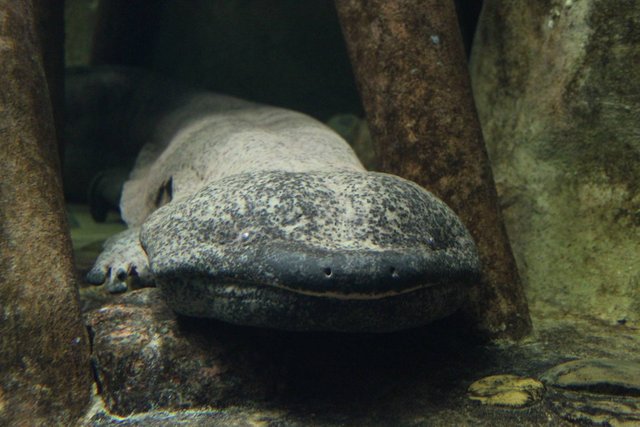
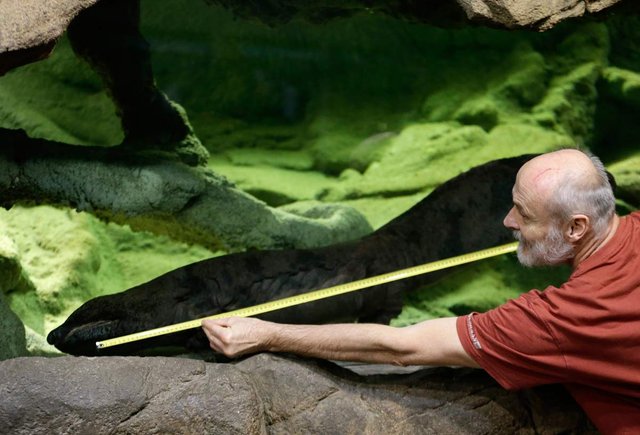
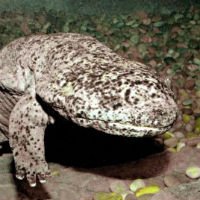
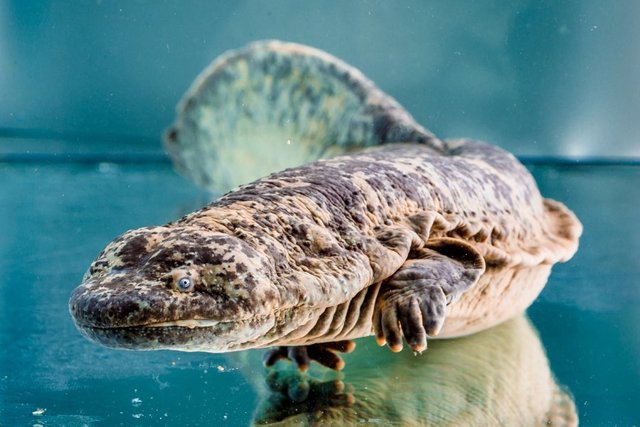
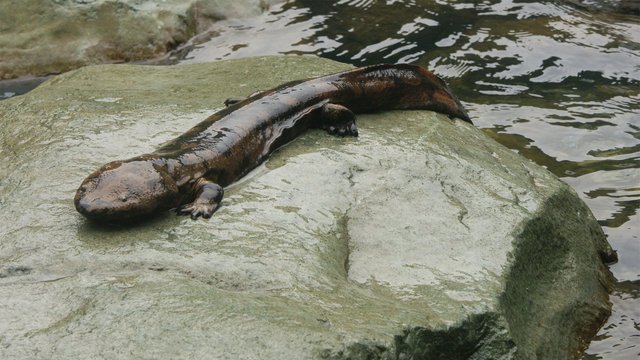
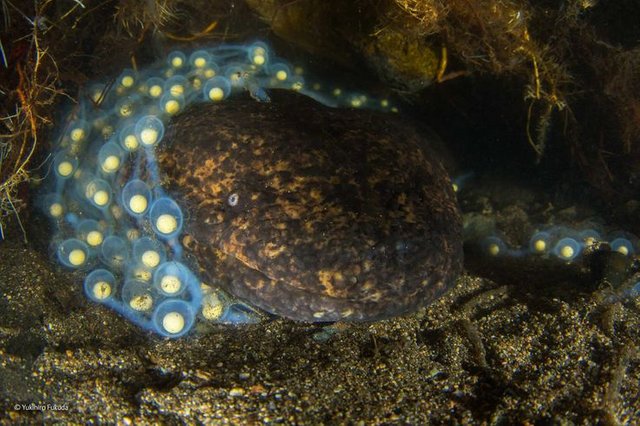
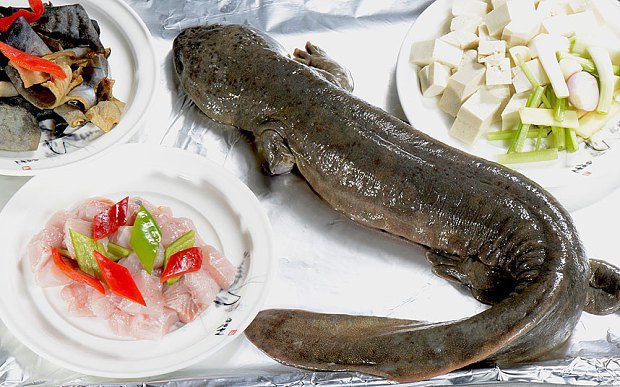
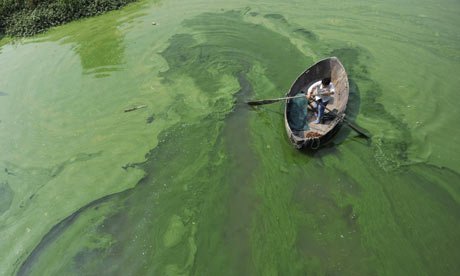
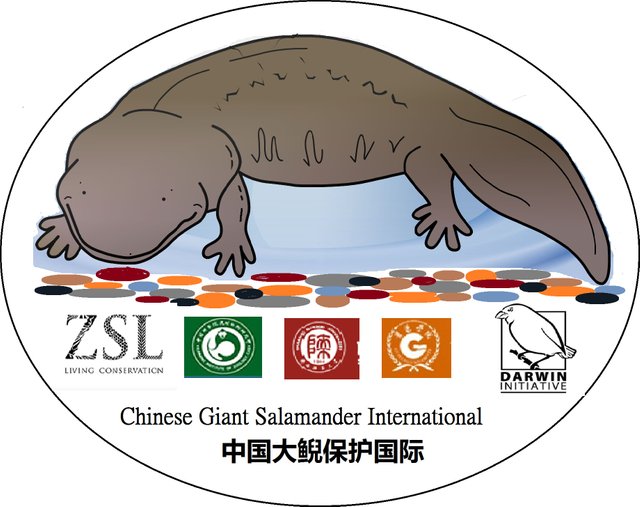
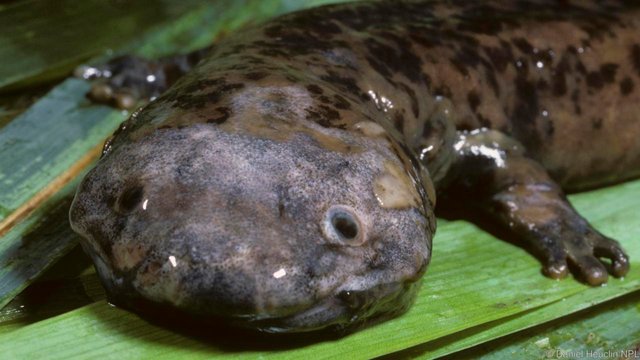
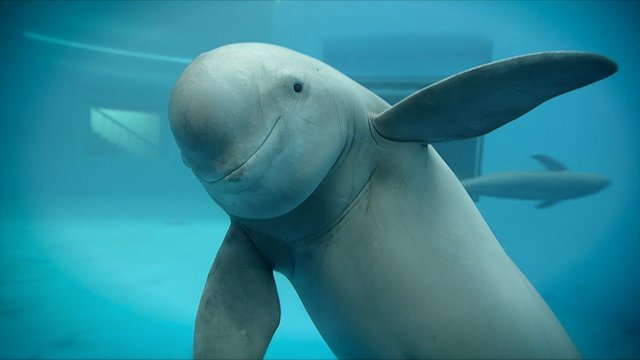
Being A SteemStem Member
It is so sad we do not learn from our mistakes and we keep pushing species to their extinction. Such a horrible and irreversible even yet we fail to gather a will to avoid it. Reaching the extinct in the wild status is terrible too, I think.
The problem with learning from our mistakes is that our mistakes are often entrenched in profits, this is just an issue of Human nature and biology, in the past we drove animals to extinction in the search for bountiful feeding opportunities as well as for clothing and tools, now they are being driven to extinction as a by-product of our lust for monetary/personal gain, the rewards are different but the sentiment has remained unchanged for tens of thousands of years.
I'd argue that extinct in the wild can often be more damaging and it is terrible, the ecosystems that they dissapear from may have changed dramatically since they went extinct, this poses an issue when planning on reintroduction as they may no longer be suited to their previous ecological habitat, we are having this same issue in the U.K with the reintroduction of the Eurasian Lynx.
I always thought salamanders were pretty cool little creatures. I'd heard about the giant salamander but I honestly had no idea they grew to be this big. The largest ones I've ever found were a small red species in Pennsylvania. I always thought they were kind of cute but I can see why people would think otherwise. Thank you for informing about the extinction currently going on, I had no idea about the scale of this and I'm sure neither do many others.
They are cool, in the US you have the eastern Hellbender which can grow to two feet long, supposedly they are quite abundant in areas of Pennsylvania, maybe one day you'll be lucky enough to stumble upon one. :)
The situation for Amphibians is pretty dire globally, sadly they aren't adorable and fluffy so they are quite a difficult sell to the general population.
There are dangerous animal...I'm so scare if i see on real life...
They are completely harmless to Humans.
That's a big one of those! They're so adorably derpy looking though XD Rather unfortunate they're so fragile :S Though they don't really help themselves by cheerfully nomming each other!
Wow, this thing looks like some of those giant amphibian fossils occasionally found. Really cool animal. I'm glad that you are making more people (including me!) aware of these creatures.
It's insane how much damage weird culinary tastes and medicine do to endangered animals ... the rhino comes to mind. Not that the rest of the world isn't guilty of this too, though.
Oh my God its a small animal but it scared me...great post
They're literally called Giant Salamanders, they are not small and can grow to a larger size than most Humans.
SUPERIOR Post; enjoyed the Images, too -- and the Spacing (which is important, for easy #reading ).
Liked when, in yr Article, you wrote: "From studying fossils dated back to the middle Jurassic era, researchers have discovered that very little morphological changes have occurred in members of the Cryptobranchidae family over the past 170 million years, this has led some to refer to members within this family group as living Fossils."
Just thought it was kind of Amusing that people think of them as 'living Fossils' . Guess there are a few Family/Species that are thought of this way.
Didn't realize that Salamanders were very delicate creatures -- they're not unattractive, I think they're better to look at than a crocodile !
Kudos .. and will Look 4 more !
(Upvoting, as you really delivered ) ☻
Great article! Salamanders are neat animals. I always think of cutaneous respiration when these little critters come to mind. We have Eastern Hellbenders in the Appalachian mountains not far from my home. I remember them being on display in several “nature centers”. Global decline of these and all species is saddening.
Oh no! Poor little creatures, I hope change will come soon :(